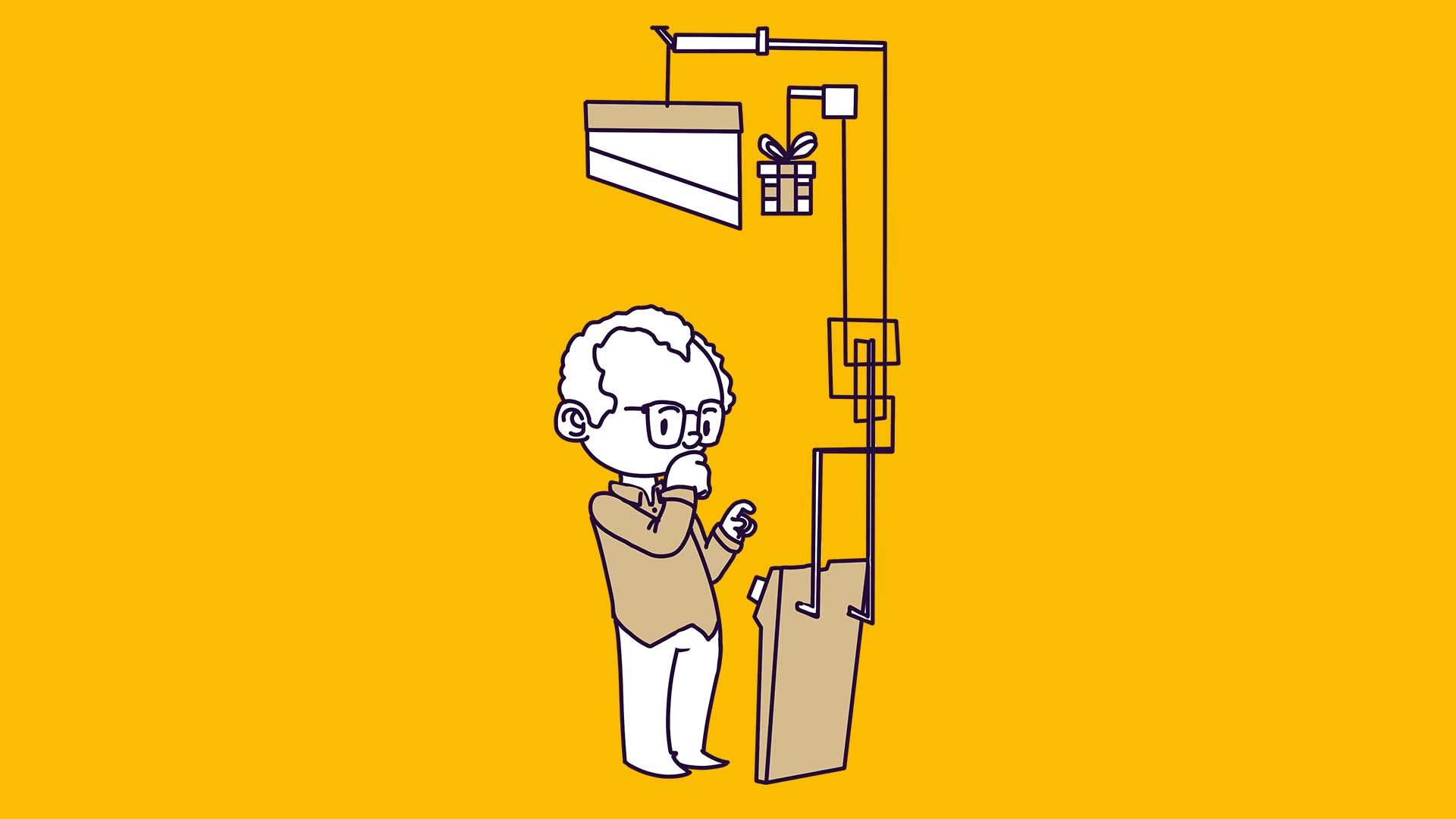Complexity Always Costs Someone
The more dishes on a menu means the more ingredients the cooks will need to manage, the more combinations they will have to deal with and the more time the customer will take to order, etc, etc.
Then there are customisations of the dish, side orders and all the variations of the order. For example: 5 steaks offered, cooked to 6 different degrees- Well Done, Medium Well Done, Medium, Medium Rare, Rare, Very Rare makes 30 combinations alone.
There are of course dozens of examples of unavoidable complexity within the hospitality industry, from coffee to beer to takeaway hamburgers. This situation is not unique to hospitality, it appears to be an epidemic and everywhere.
The more complicated something is made, the harder and more expensive it is to achieve and comply with external protocols. Because there are more tasks to do, with more conflicting demands, to work through it takes more time and costs more to maintain.
Initially driven by a desire to offer more choice as part of a unique point of difference, it has encourage more personalised fragmentation and an unprecedented evolution of customised solutions.
The simple answer to this of course is to remove the flexibility and choice, as Henry Ford did with his first production line Model T car. He was attributed with offering the first affordable car for the masses. He infamously said, “you can have any colour you would like, providing it is black.”
I don’t think we are likely to go back to a mono choice offer but I also don’t think we can sustain an ever increasing cost of a unique personalised solution. This leaves us as business owners to find ways to manage and reduce the inevitable complexity and cost of unique personalisation.
As far as knowing how much of any one item to prepare, I think assistance could be found in AI’s super powers of prediction. Being able to know what customers usually do when confronted with pre-anticipated circumstances may allow accurate predictability of 80% customers behaviour. The unpredicted 20% can then be catered to at a higher price point, recognising the extra cost to delivering to their unique needs. In a restaurant setting this might restore volume in parts of the menu, thereby simplifying the largest chunk of volume by people ordering the same thing. With more uptake of electronic menus, the price of the other items could be increased subject to daily demand, just like Uber charges an escalated premium in periods of high demand.
Technology products allow for standardised manufacturing with post purchase activation. For example, your car may have self-driving capability, but turned off. The software could be turned on 3 years after the original purchase, by subscribing to a monthly payment.
As we move into a high period of inflation, it seems evident that there will be a lot of pressure on businesses to change to keep their product and service viable. Change always brings opportunities for those that can adapt, innovate, and take advantage of the new need. I would encourage you to learn to be that person!
Here is a recipe to manage your business and some of its complexity
Create lists of what you need to comply with and any audit or renewal dates.
Create a list of your business objectives.
List the systems and tools you are using to run your business – keep this as simple as possible by using systemised solutions. I.e. one solution that does the work of six.
Build a calendar and add key renewal dates and tasks from your lists. It is important to do this with care because this is the master template that you will reuse at the start of each year.
Highlight everything that is critical in red.
Highlight everything that is important in blue.
Question everything else and retain up to five further objectives/tasks.
Move everything else to a list to be reviewed in the future.
Value keeping things simple and revisiting the calendar resisting growing complexity.

